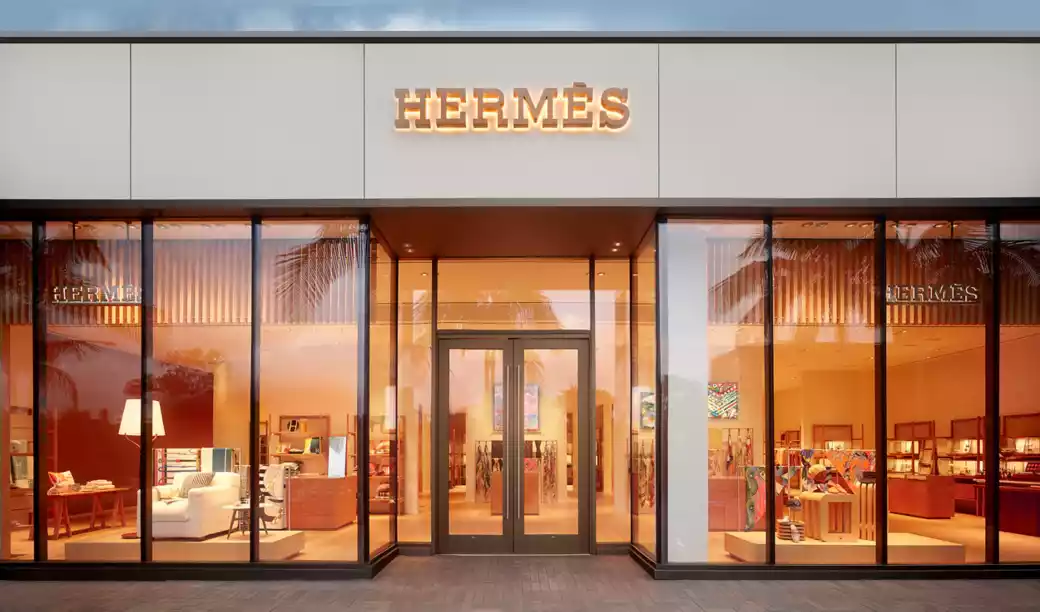Hermès reigns as the queen and king of handbags, epitomizing luxury and exclusivity. But if the brand were to abandon its play-hard-to-get sales tactics, would it lose its aura of prestige and rarity forever?
The Hermès Game revolves around the brand’s exclusivity strategy: consumers must pre-spend on an unknown number of ancillary products to qualify for the coveted treasure, a Birkin bag. It is not readily acquirable; hence, all the more desirable. While many luxury brands employ similar tactics, Hermès stands out for its meticulous control over its brand image, distribution channels, and product availability.
In a class action complaint, plaintiffs argue that Hermès has implemented an illegal tying arrangement, directing sales associates to offer Birkins only to consumers with a sufficient purchase history of ancillary products[i]. This tying arrangement, where the sale of one product is contingent upon buying another, can harm competition and consumer welfare.
According to the complaint, the compensation structure for Hermès sales associates is tailored to enforce such a tying arrangement. They are paid hourly plus commission but receive no commission on Birkin bags.[ii] Instead, they earn a 3% commission on ancillary products and 1.5% on non-Birkin bags.[iii] Consequently, sales associates are incentivized to leverage Birkin bags to coerce consumers into purchasing ancillary products to qualify for the “it” bag.
Therefore, plaintiffs allege violations of section two of the Sherman Act (which prohibits acquiring or maintaining a monopoly through anticompetitive means), the Cartwright Act (a California antitrust law that prohibits certain restrictions on commerce and attempts to prevent competition), and Unfair Competition Law (a California law that prohibits unlawful business practices or acts).
Many fashion enthusiasts believe the case will be settled without going to trial. Regardless of the outcome, neither Hermès nor any other business has the unrestricted right to conduct their operations however they see fit; all businesses must adhere to the laws of the jurisdiction in which they operate. Simply citing other brands’ similar practices misses the point—it is ultimately a matter of legality.
Violation of the Sherman Act
In general, four elements must be present to establish a tying arrangement under antitrust laws: (1) distinct products or services, (2) market power in the tying product, (3) actual coercion, and (4) substantial effects on interstate commerce.
Distinct Products or Services
“Tying” refers to tying distinct or dissimilar products or services together when there are separate markets for them. This tactic effectively leverages the desirability of the tying product to drive sales of other tied products.
Hermès has engaged in tying by requiring customers to buy ancillary products that have little or no direct relation to the Birkin bag and belong to separate markets. While some might argue that these products share a fashion accessory category with the Birkin bag, their functions and utility differ significantly. For example, a Twilly scarf may complement the Birkin bag as a fashion accessory, but its association with the bag remains questionable as it serves a different purpose and may appeal to a different set of consumers.
Market Power in the Tying Product
For a tying arrangement to occur, the seller must wield market power in the tying product. Market power denotes the seller’s ability to sway prices, trade terms, or competitive aspects within the relevant market. Although market power can be deduced from factors like market share, it is crucial to recognize that possessing a dominant market share is not the sole indicator of market power. Still, antitrust standards generally do not consider a seller to possess significant market power if their market share in the tying product falls below 30 percent.
Hermès holds significant market power in the luxury handbag sector, particularly with its flagship product, the Birkin bag. While precise market share figures are not publicly disclosed, Hermès’ exclusivity, high pricing, and strong demand indicate its notable presence in this niche market. Despite competition from other high-end brands, Hermès’ distinct positioning, brand prestige, and iconic status contribute to its perceived dominance within the ultra-luxury segment. Thus, while not dominating the entire handbag market, Hermès’ influence and brand strength within the luxury segment could confer market power in tying arrangements involving the Birkin bag.
Actual Coercion
In a tying arrangement, the seller must coerce the buyer into purchasing the tied product, rather than simply encouraging or pressuring them. Coercion can include a refusal to sell the tying product without the purchase of the tied product or pricing that effectively compels a buyer to accept the tying arrangement.
Regarding Hermès, the question arises: is there coercion if customers can bypass the wait by buying from a secondary market? While this may reduce coercion, the presence of a secondary market does not negate Hermès’ practices entirely. The primary market, controlled by Hermès, still influences consumers who prefer buying directly or value the prestige of a new purchase. Moreover, the very existence of a secondary market underscores the demand for Birkin bags, a demand largely fueled by Hermès’ branding and marketing efforts. In addition, the inflated prices often found in the secondary market can act as a barrier for some consumers, effectively compelling them to engage with Hermès’ tying arrangement in the primary market. Hence, while the presence of alternatives may mitigate coercion to some extent, Hermès’ control over the primary market and the enduring allure of its brand still exert considerable influence over consumer behavior.
Substantial Effects on Interstate Commerce
While most anticompetitive behavior impacts interstate commerce to some extent, a tying arrangement under federal antitrust laws must exhibit a substantial effect on interstate commerce, a broad yet not all-encompassing standard.
Given Hermès’ global reach and product distribution spanning state lines and international borders, the tying arrangement likely has a substantial impact on interstate commerce. Transactions involving Hermès products, including the Birkin bag and associated items, affect commerce both domestically and internationally.
Conclusion
The Hermès battle serves as a reminder that no business, regardless of its status, is above the law. While the outcome of this case remains uncertain, it underscores the importance of legal compliance and fair competition in the luxury goods industry. Ultimately, it is not just about upholding brand prestige; it is about ensuring integrity and adherence to legal standards for the benefit of consumers and the marketplace as a whole.
References:
[i] Cavalleri, et al. v. Hermès International, et al., No. 3:24-cv-01707 (N.D. Cal. 2024).
[ii] Id.
[iii] Id.









